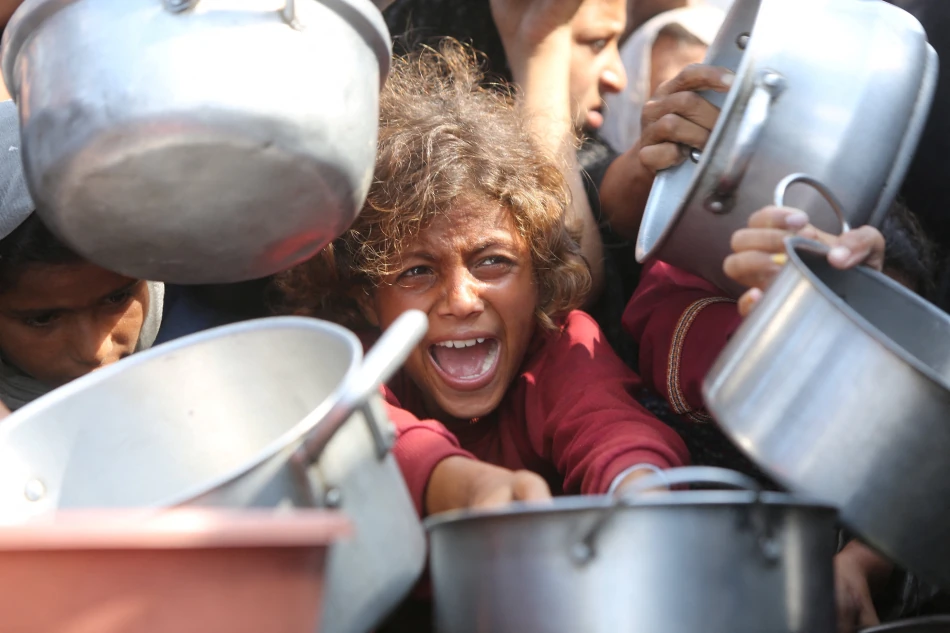
World Food Programme: Gaza's Food Supply Remains Significantly Below Targets
The World Food Programme says aid deliveries to Gaza are increasing but remain far below the daily target of 2,000 tons because only two border crossings remain open. The organization warns that northern Gaza faces famine conditions with no direct access route for humanitarian supplies.
WFP spokesperson Abeer Etefa told reporters in Geneva that reaching the daily food target requires all border crossings to be operational. Right now, only the Kerem Shalom and Kissufim crossings are functioning.
The bigger problem is northern Gaza, where people face starvation but no crossing provides direct access. This creates a logistics nightmare for aid workers trying to get food to the areas that need it most.
The 2,000-ton daily target represents the minimum needed to prevent widespread hunger across Gaza's 2.3 million residents. Before the current conflict, Gaza received around 500 trucks of goods daily through multiple crossings. The WFP's target would require roughly 200 trucks per day just for food aid.
Aid organizations have repeatedly called for more crossing points to speed up deliveries. Each closed border forces trucks to take longer routes and creates bottlenecks that delay critical supplies. For northern Gaza residents, this means waiting longer for food that may never arrive through the current limited channels.
The situation puts enormous pressure on the two operating crossings to handle volumes they weren't designed for. Even with increased deliveries, the gap between what's arriving and what's needed continues to grow wider each day.
Most Viewed News

 Sara Khaled
Sara Khaled






